Barabar Caves: The Oldest Surviving Rock-Cut Caves With Acoustic Effects In India
A. Sutherland - AncientPages.com - The Barabar Caves are considered the oldest surviving rock-cut caves in India. Mostly dated to the Maurya Empire (322-185 BC), they were carved out of huge, hard granite rock.
The surfaces of caves are not only remarkably polished and beautiful but also enhance every sound inside the caves.
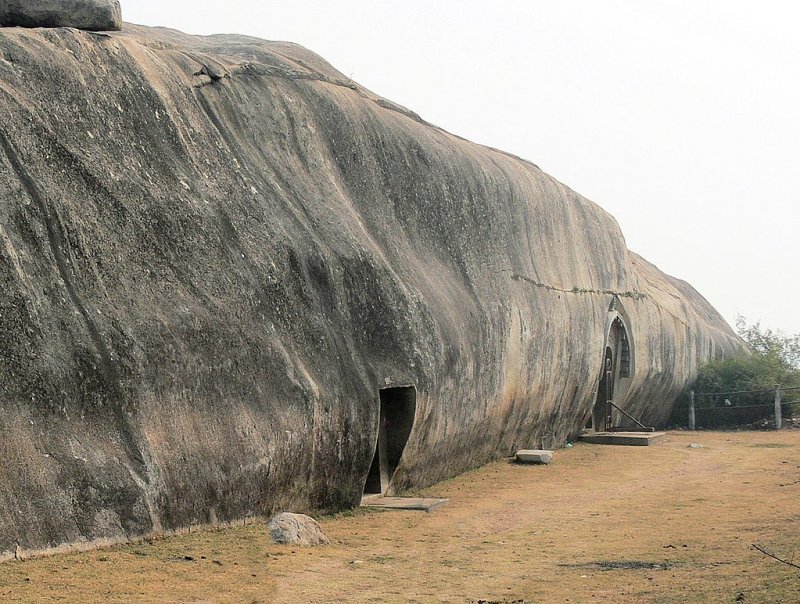 Entrances of Sudama Cave, and further, Lomas Rishi Cave, Barabar Hill. Image credit: Klaus-Norbert - CC BY 3.0
Entrances of Sudama Cave, and further, Lomas Rishi Cave, Barabar Hill. Image credit: Klaus-Norbert - CC BY 3.0
Sir John Hubert Marshall (1876-1958), who oversaw the excavations of Harappa and Mohenjodaro, two of the main cities that comprise the Indus Valley Civilization, wrote about the Mauryan sculpture:
"extraordinary precision and accuracy which characterizes all Mauryan works, and which has never, we venture to say, been surpassed even by the finest workmanship on Athenian buildings."
There are seven caves in all and are dated at least two thousand five hundred years old. They are a mysterious and fascinating place mainly due to a remarkable combination of high polish finish and incredible echo effects generated within the caves.
The caves are situated in the twin hills of Barabar (four shelters). Three others - Nagarjuna Caves are in the 1.6 km distant Nagarjuna Hill, among the rock-strewn ridges of Jahanabad, Bihar, India.
Glass-Like Smoothness And High Perfection Of Skilled Builders
Barabar Caves is an important archaeological site. Carved out from solid rocks, the caves bear details of the life of Buddha.
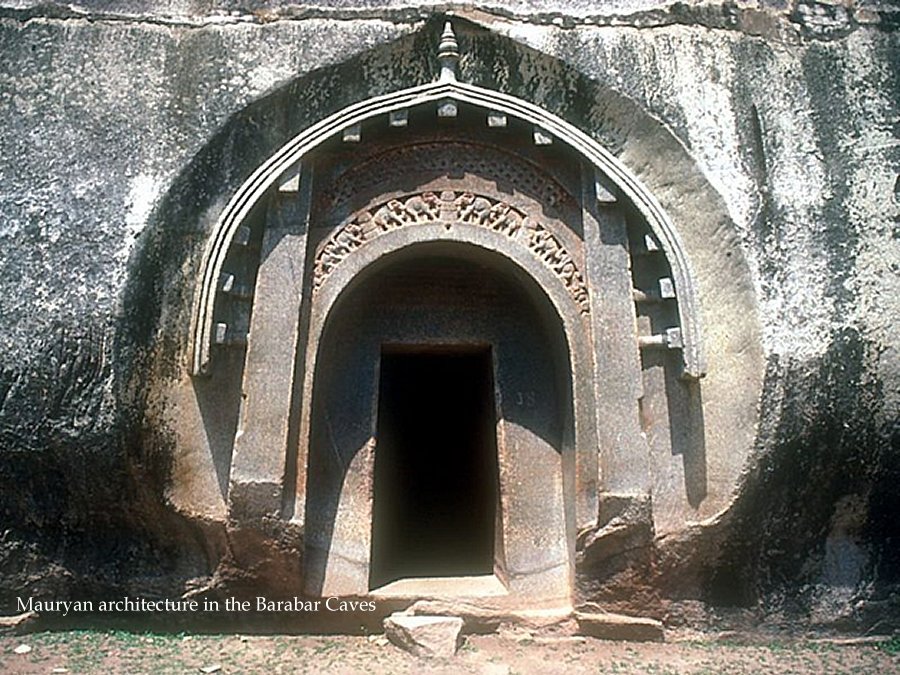 Mauryan architecture in the Barabar Mounts. Grotto of Lomas Rishi. 3rd century BC. Image credit: Photo Dharma from Penang, Malaysia - CC BY 2.0
Mauryan architecture in the Barabar Mounts. Grotto of Lomas Rishi. 3rd century BC. Image credit: Photo Dharma from Penang, Malaysia - CC BY 2.0
Most Barabar caves consist of two rooms, cut out of granite, with perfectly chiseled and polished inner surfaces, resulting in high perfection glass-like smoothness. The impression is imposing because rock boulders outside the cave are rough and irregular.
The technology and design of the Barabar caves have features such as inclining walls, rounded roofs, and lustrous inner surfaces, which we can characterize as mirror-like in their fantastic effect.
Their acoustics is also masterwork; the surfaces are remarkably polished and beautiful and enhance every sound inside the caves!
They give an impression as if they are cut with a laser. Building technical knowledge and skills of ancient creators are recognizable and remarkable because this work was done over 2,200 years ago.
Ajivika Ascetics Were Portrayed As 'Charlatans'
One of the caves belonged to Buddhists, and at least two others were associated with Ajivika.
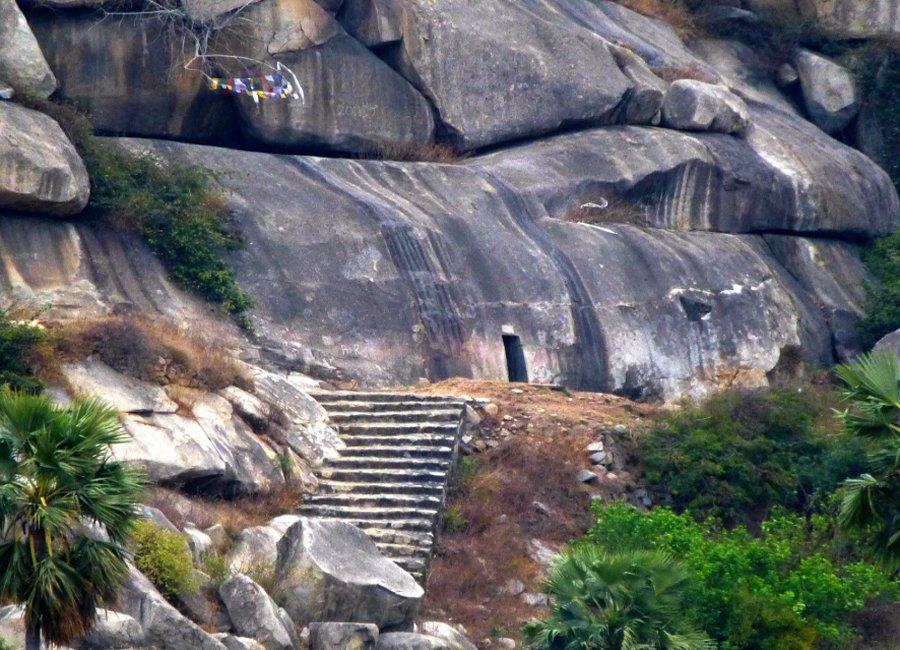
Staircase and Cave Entrance of the Gopika cave, at Barabar, Bihar. Image credit: Anandajoti - CC BY 2.0
This ascetic sect emerged in India about the same time as Buddhism and Jainism and lasted until the 14th century.
The caves were carved out of granite, then finished with a polishing of the inner surface, giving a perfect mirror effect of great regularity. An additional feature of the Barabar Caves is an echo effect.
The first room, a large rectangular hall, was used for gatherings of worshippers, and the second, a smaller, round, and domed - for worship. At the site, there are several rock-cut Buddhist and Hindu sculptures. Some caves have decorations in the form of Ashokan inscriptions. Ashoka the Great was an Indian emperor of the Maurya Dynasty who ruled almost all of the Indian subcontinent from c. 268 to 232 BC
Three Nagarjuna Caves - the Vadathika, the Vapiyaka, and the Gopi - are smaller and younger than Barabar caves. They can be found on and around Nagarjuna Hill. The biggest of them is the Gopi, decorated with inscriptions found within and above the doorway.
Buddha Statue Base at Barabar, Bihar, India. Image credit: Photo Dharma - CC BY 2.0
All the three Nagarjuna caves, with the same glass-like finish on the rock surfaces, testify to the technical skills of India's builders and the high quality of their equipment.
The text refers to the cave excavation in 214 BC, when King Dasaratha, the grandson of Ashoka ruler (273–232 BC), ascended the throne and donated the Nagarjuna caves to the Ajivikas, the lost Ajivika sect. This sect - to the 5th century BC - once competed with Buddhism and Jainism for influence, only to lose out and get wiped off.
Today, everything, including the texts of their faith, has been lost.
There is some knowledge about Ajivikas' history and philosophy, but it originates from secondary sources, mainly the ancient and medieval texts of India, especially the Buddhist and Jain sources.
The Ajivikas have been portrayed as 'Charlatans,' and their beliefs are trashed. We know they were fatalistic, and their central belief was 'Niyati' or Fate. They sincerely believed in fate. There was no free will; everything that has happened, is happening, and will happen is entirely preordained, and nothing could change it.
Updated on June 22, 2022
Written by A. Sutherland - AncientPages.com Senior Staff Writer
Copyright © AncientPages.com All rights reserved. This material may not be published, broadcast, rewritten or redistributed in whole or part without the express written permission of AncientPages.com
Expand for referencesC.P.R. Environmental Education Centre, Chennai
N. Lahiri, Ashoka in Ancient India
More From Ancient Pages
-
 Ancient Knowledge Of Other Worlds And An ‘Impossible’ Being That Shouldn’t Exist
Featured Stories | May 6, 2020
Ancient Knowledge Of Other Worlds And An ‘Impossible’ Being That Shouldn’t Exist
Featured Stories | May 6, 2020 -
 Evidence Of Rare Roman-Celtic Temple Near Lancaster Castle
Archaeology | Mar 9, 2023
Evidence Of Rare Roman-Celtic Temple Near Lancaster Castle
Archaeology | Mar 9, 2023 -
 Ancient City Machu Picchu Was Originally Called Huayna Picchu By The Incas – Study Of The Name Reveals
Archaeology | Mar 23, 2022
Ancient City Machu Picchu Was Originally Called Huayna Picchu By The Incas – Study Of The Name Reveals
Archaeology | Mar 23, 2022 -
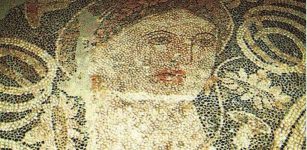 Wax Tablets Reveal Ancient Secrets of The Illyrians
Artifacts | Sep 5, 2015
Wax Tablets Reveal Ancient Secrets of The Illyrians
Artifacts | Sep 5, 2015 -
 Ancient DNA Reveals A Diverse Community Lived At Machu Picchu, The ‘Lost City Of The Incas’
Archaeology | Jul 26, 2023
Ancient DNA Reveals A Diverse Community Lived At Machu Picchu, The ‘Lost City Of The Incas’
Archaeology | Jul 26, 2023 -
 Why Were Ancient ‘Puppet’ Figurines Placed Atop A Pre-Columbian Pyramid In El Salvador?
Archaeology | Mar 5, 2025
Why Were Ancient ‘Puppet’ Figurines Placed Atop A Pre-Columbian Pyramid In El Salvador?
Archaeology | Mar 5, 2025 -
 Ancient DNA Study Reveals Surprise About Britain’s Bronze Age – What Happened On The Orkney Islands?
DNA | Mar 31, 2022
Ancient DNA Study Reveals Surprise About Britain’s Bronze Age – What Happened On The Orkney Islands?
DNA | Mar 31, 2022 -
 Angerona – Goddess Of Silence During Cosmic Crises And Protector Of Ancient Rome
Featured Stories | Feb 15, 2019
Angerona – Goddess Of Silence During Cosmic Crises And Protector Of Ancient Rome
Featured Stories | Feb 15, 2019 -
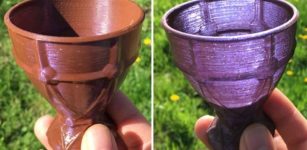 Ancient Nanotechnology Knowledge Inspired A Modern 3D-Printable ‘Lycurgus Cup’
Ancient Technology | Mar 13, 2019
Ancient Nanotechnology Knowledge Inspired A Modern 3D-Printable ‘Lycurgus Cup’
Ancient Technology | Mar 13, 2019 -
 Triumphal Arch Of Roman Emperor Constantine And His Great Vision
Featured Stories | Jul 12, 2017
Triumphal Arch Of Roman Emperor Constantine And His Great Vision
Featured Stories | Jul 12, 2017 -
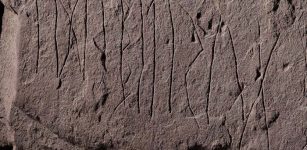 Mysterious Svingerud Stone – World’s Oldest Rune Stone With Enigmatic Inscriptions Investigated By Experts – What Does It Say?
Archaeology | Jan 17, 2023
Mysterious Svingerud Stone – World’s Oldest Rune Stone With Enigmatic Inscriptions Investigated By Experts – What Does It Say?
Archaeology | Jan 17, 2023 -
 Ancient Tools Found In Maryland Re-Write The History Of First Humans In America
Archaeology | May 29, 2024
Ancient Tools Found In Maryland Re-Write The History Of First Humans In America
Archaeology | May 29, 2024 -
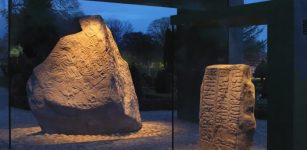 3D Scans Of Runestones Reveal The Power Of Viking Queen Thyra
Archaeology | Oct 13, 2023
3D Scans Of Runestones Reveal The Power Of Viking Queen Thyra
Archaeology | Oct 13, 2023 -
 Headless Statue Of Life-Size Ancient Mayan Warrior Discovered In Mexico
Archaeology | Dec 12, 2022
Headless Statue Of Life-Size Ancient Mayan Warrior Discovered In Mexico
Archaeology | Dec 12, 2022 -
 Harappan Civilization Built Massive Protection Walls Against Tsunami 5,000 Years Ago
Archaeology | Jan 10, 2017
Harappan Civilization Built Massive Protection Walls Against Tsunami 5,000 Years Ago
Archaeology | Jan 10, 2017 -
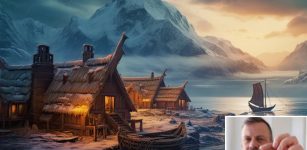 Evidence Vikings Had Windows With Glass Panes Already Between 800 And 1100
Archaeology | Oct 11, 2023
Evidence Vikings Had Windows With Glass Panes Already Between 800 And 1100
Archaeology | Oct 11, 2023 -
 Ancient Tomb Chamber Of Parthian Warrior Was Accidentally Unearthed In Iran
Archaeology | Apr 30, 2020
Ancient Tomb Chamber Of Parthian Warrior Was Accidentally Unearthed In Iran
Archaeology | Apr 30, 2020 -
 Evidence Supporting Drumelzier Legend And Merlin’s Death In Scotland Uncovered By Archaeologists
Archaeology | Sep 4, 2024
Evidence Supporting Drumelzier Legend And Merlin’s Death In Scotland Uncovered By Archaeologists
Archaeology | Sep 4, 2024 -
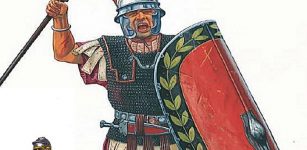 What Was Legio Martia And Why Were The Roman Soldiers Called The Martians?
Ancient History Facts | Jan 5, 2018
What Was Legio Martia And Why Were The Roman Soldiers Called The Martians?
Ancient History Facts | Jan 5, 2018 -
 Little Known Neanderthal Technology Examined – Turning Bones Into Tools
Archaeology | Jun 19, 2023
Little Known Neanderthal Technology Examined – Turning Bones Into Tools
Archaeology | Jun 19, 2023

